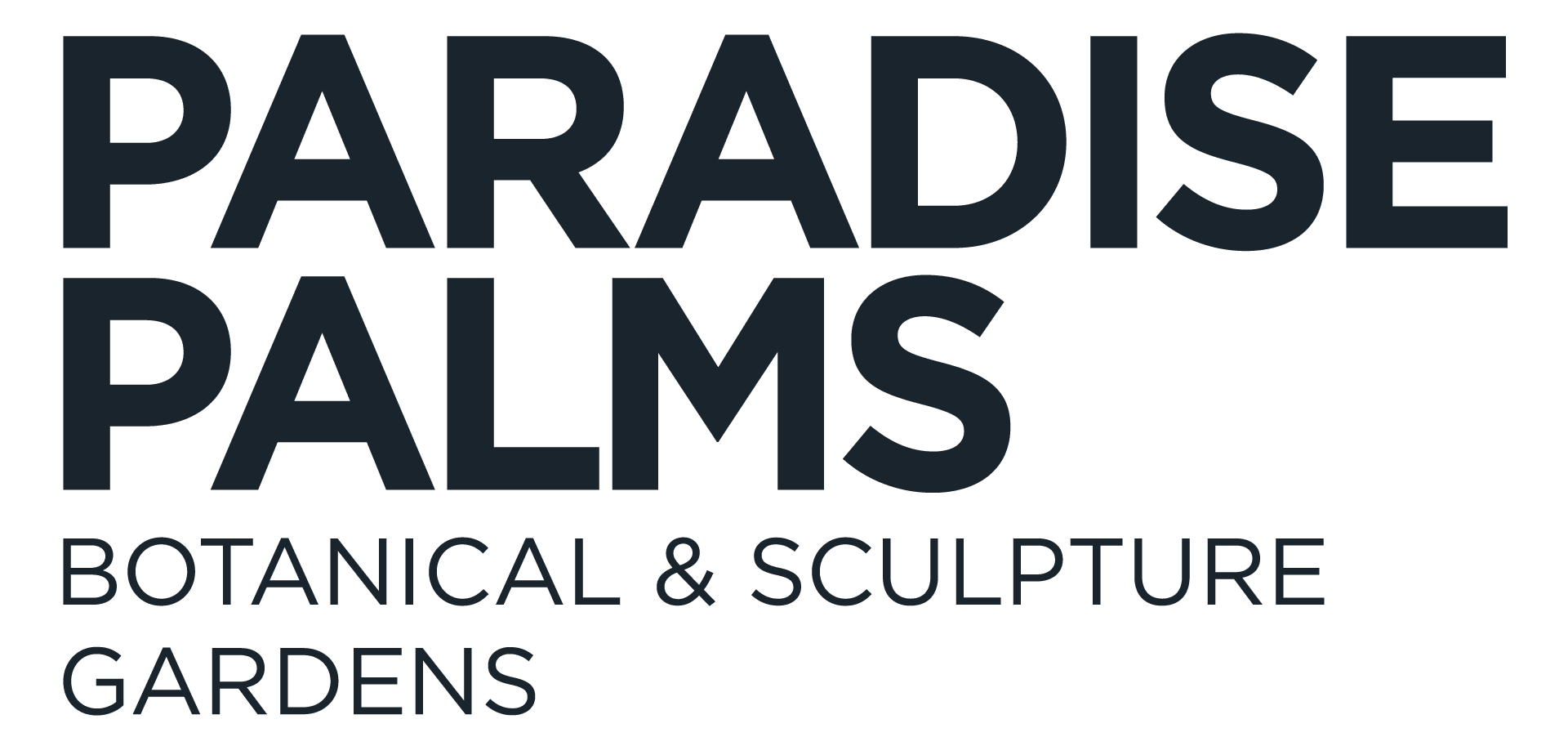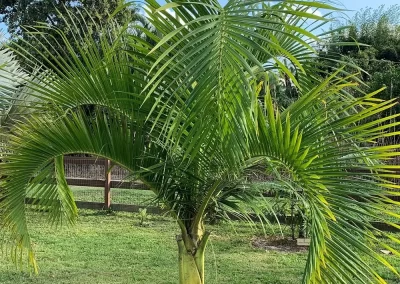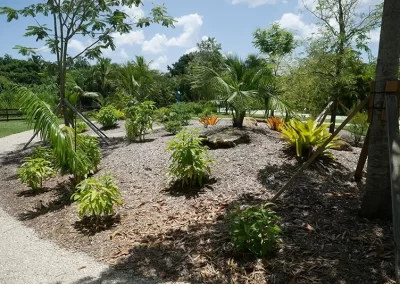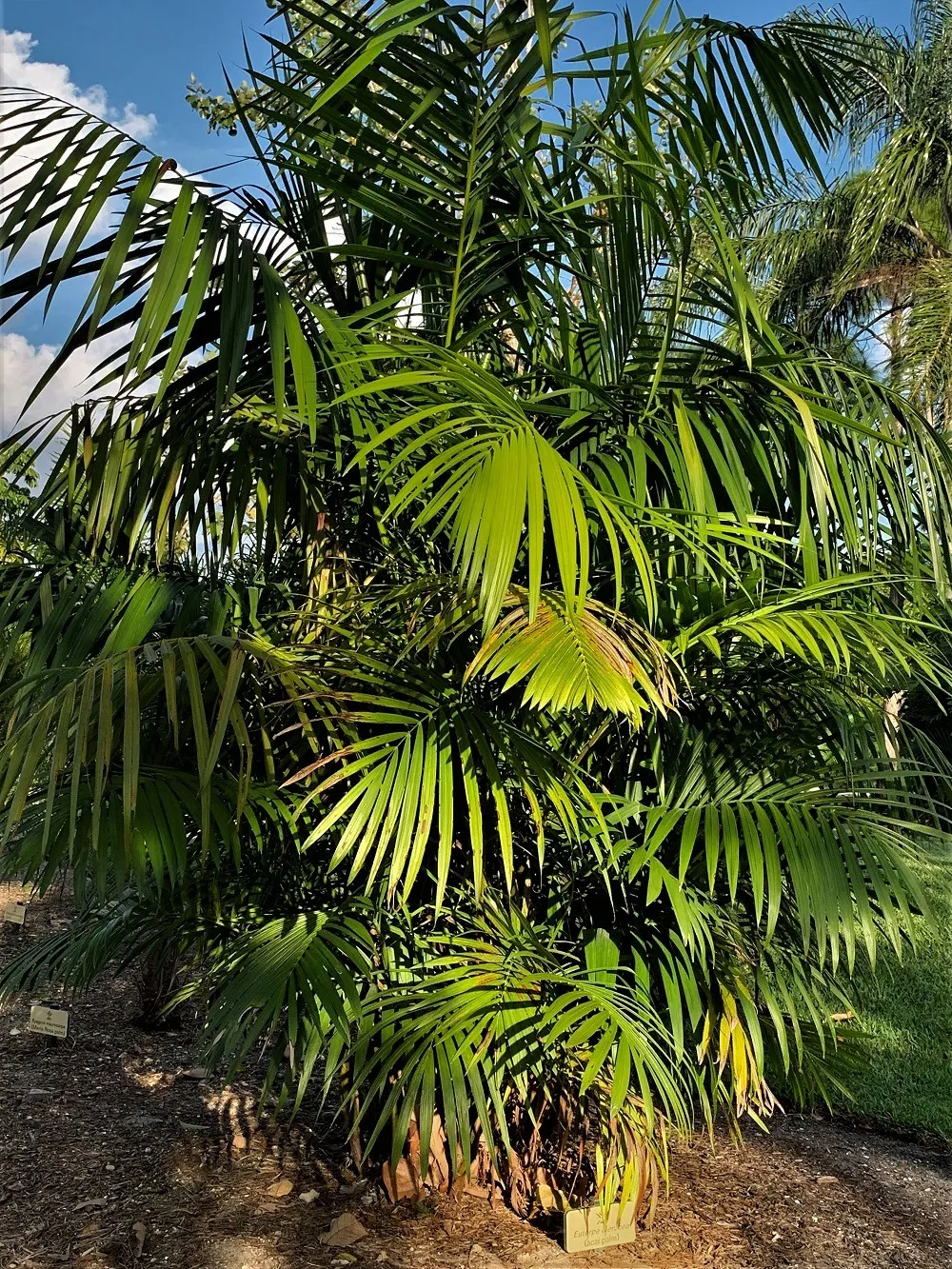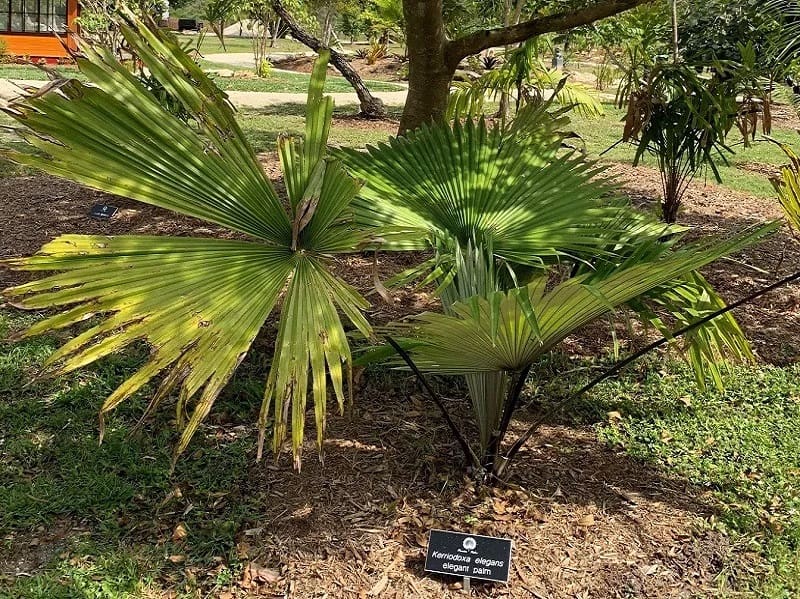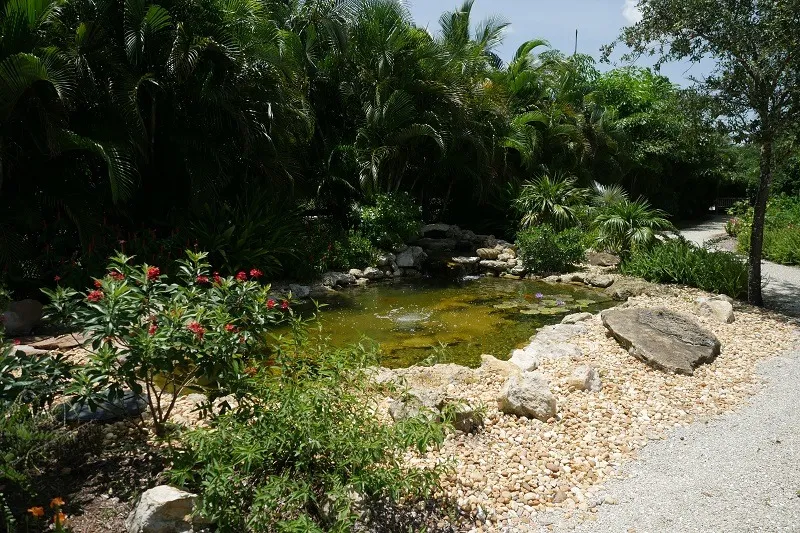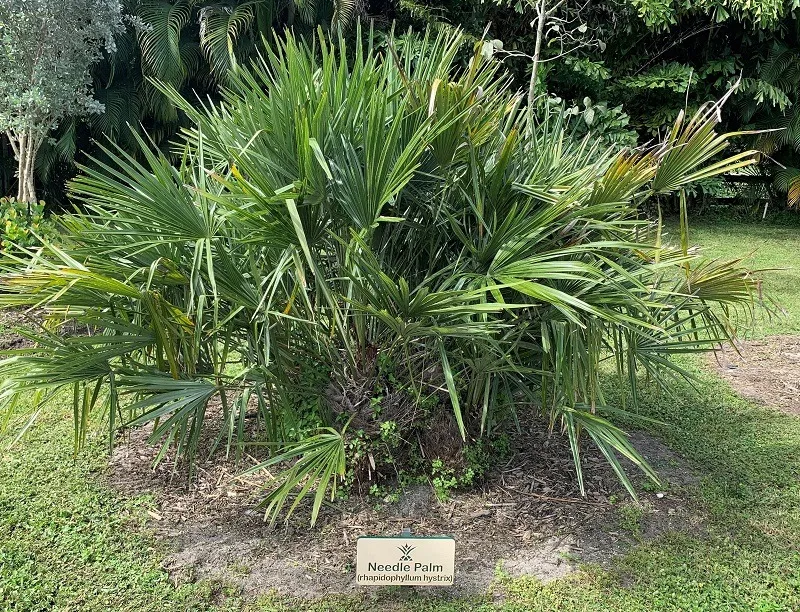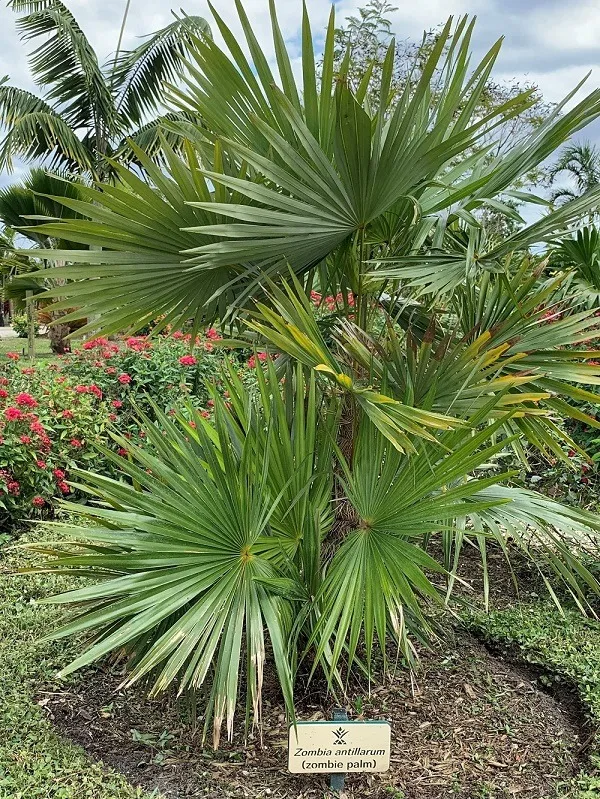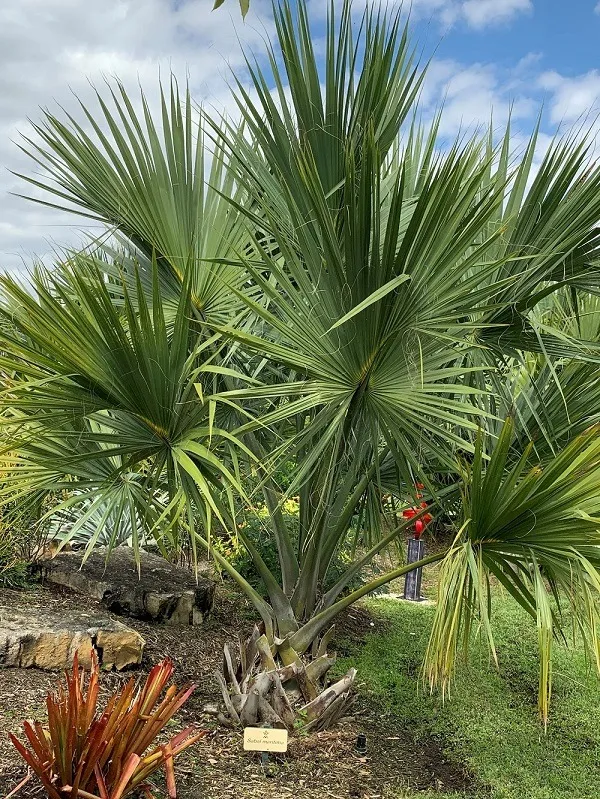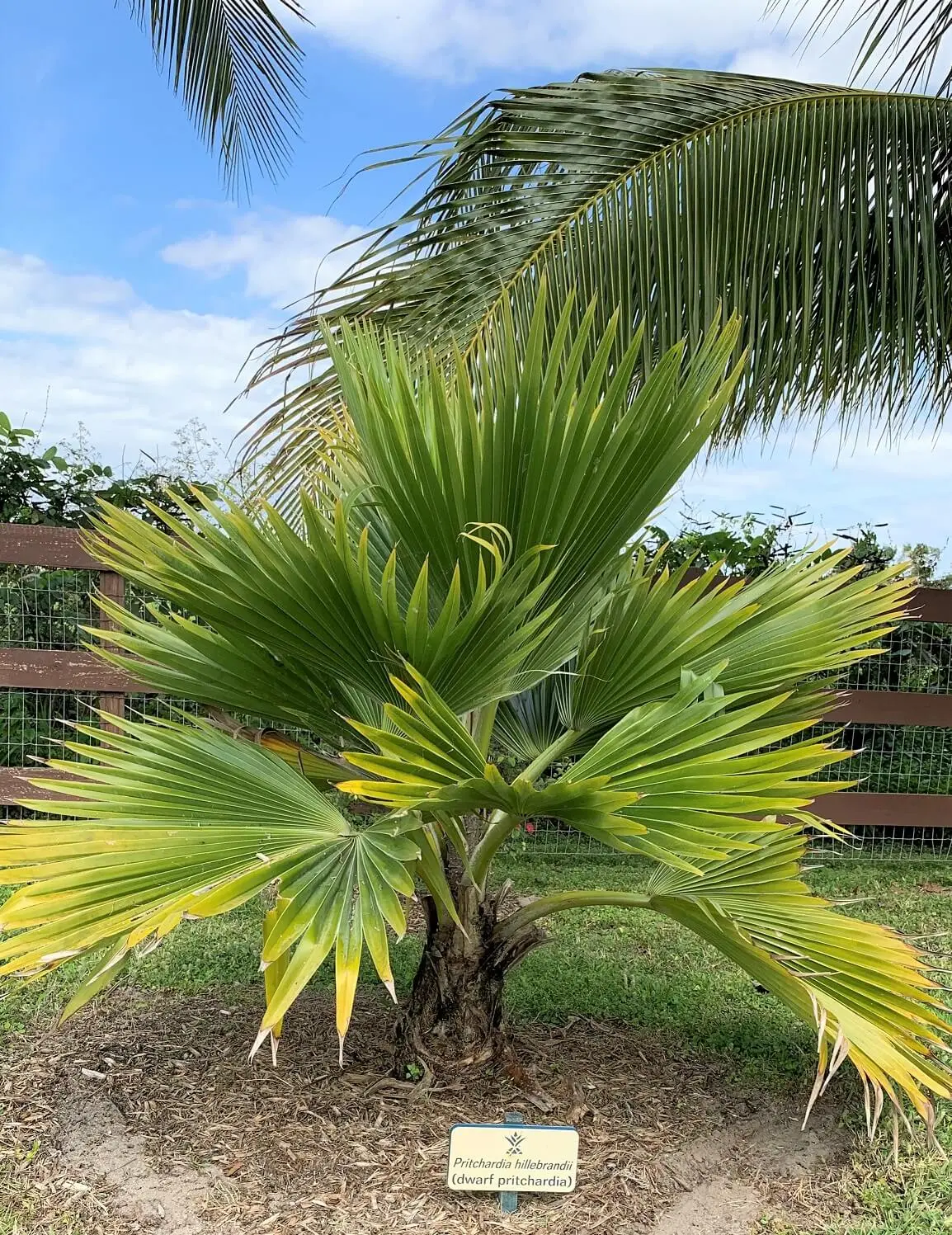MADAGASCAR AND AFRICA
The African continent, renowned for its vast and diverse landscapes, is home to a remarkable assortment of 65 palm species. However, the nearby island of Madagascar, a relatively small landmass off the African coast, stands out as an exceptional hotspot of palm diversity. With an astonishing 204 species of palms, Madagascar boasts three times the number found on the entire African continent, highlighting its significance as a botanical treasure trove.
What makes Madagascar particularly remarkable is that an overwhelming 98% of its palm species are endemic, existing solely on this isolated island and not found anywhere else on Earth. This unparalleled level of endemism within the palm species on Madagascar underscores the island’s unique evolutionary history and distinct ecological characteristics.
The diverse range of palm species on Madagascar reflects the island’s varied ecosystems, from lush rainforests to arid regions. Each species has adapted to specific niches within this diverse landscape, showcasing a spectacular array of shapes, sizes, and adaptations. The palms play an integral role in Madagascar’s biodiversity, providing essential resources and contributing to the island’s rich and complex ecosystems.
The conservation of these endemic palms becomes crucial for the preservation of Madagascar’s unique natural heritage. Protecting these species and their habitats is essential to maintain the island’s biodiversity and prevent the loss of these exclusive botanical treasures. Moreover, these palms hold immense scientific value, offering insights into evolutionary processes and contributing to our understanding of plant diversity and adaptation.
The remarkable concentration and exclusivity of palm species on Madagascar serve as a reminder of the island’s ecological importance and underscore the urgency of preserving these invaluable biological assets for future generations. Their existence stands as a testament to the island’s environmental legacy and highlights the critical significance of safeguarding these extraordinary plants in the face of environmental challenges and human impact.
Collection Includes
Acrocomia ♦ Calyptronoma ♦ Sabal ♦ Thrinax ♦ Zamia
